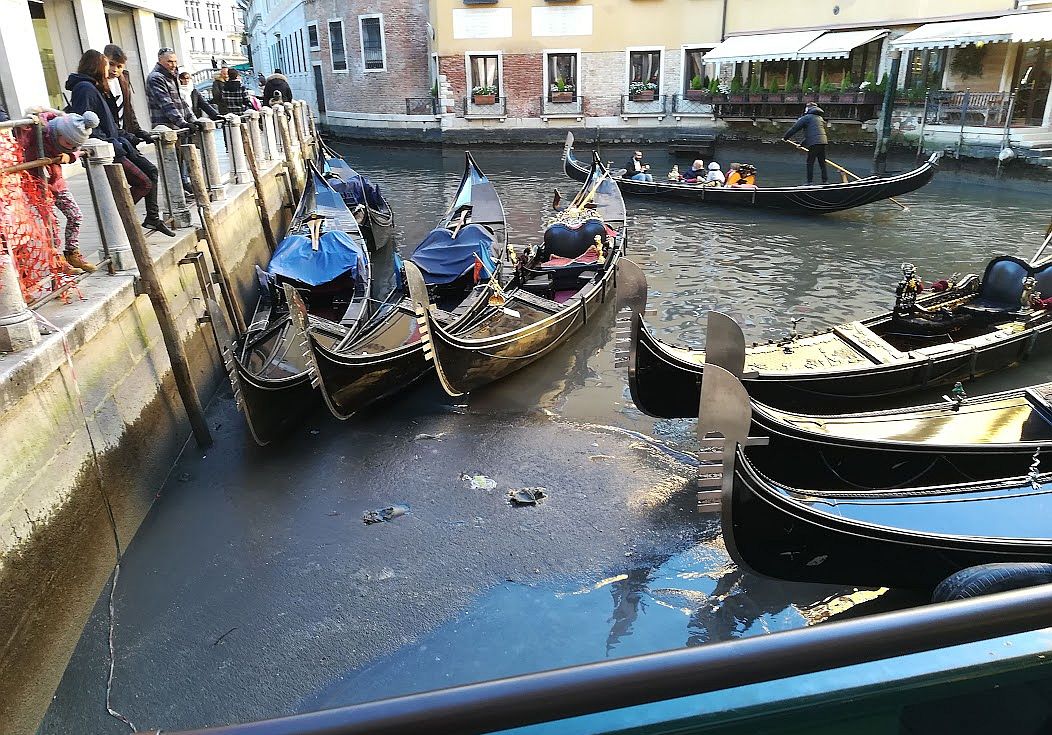
About ten days ago, I said to Lino, “Welp, it’s just about time for those wild articles that come out every year yelling ‘Oh-my-God-there’s-no-more-water-in-the-canals-Venice-is-dyyyyiiiiiinnnnnnnng’ to start appearing.”
And sure enough, just as soon as the exceptional low tides began to suck the water out of the canals, the television/online/daily newspaper news in many places began to wail.
Unhappily for the interested public, the people who really would like to understand what’s going on, these articles are not helpful. For one thing, there is a serious drought afflicting the mainland, and photos are showing rivers running dry. Rivers dry, canals dry — the drought has hit Venice! Logical! Obvious! Wrong!
Rivers and Venetian canals are not at all the same, for the simple reason that the Venetian lagoon isn’t fed by rivers, streams, lakes, or rain. It is fed by the Mediterranean Sea, Adriatic department. The canals are tidal: Six hours in, six hours out. No water at the moment? It will be back shortly.
Every Venetian knows that in January and February there will be exceptional low tides. This is no novelty, they even have a nickname for the phenomenon: le seche de la marantega barola.
I can’t overstate this: The low tides are NORMAL. They are predictable. The only thing that changes is the time at which the tide begins to fall or to rise, and the expected maximum depth. And then you plan accordingly. By “you” I mean people whose work depends on using water. If you live in Venice and the water takes you by surprise, you can’t be paying attention.
The lowest low tide this year, so far, was Monday at -68 cm below mean sea level. I was impressed; I’d never seen it that low. But this is nothing!
The Tide Center maintains a trove of historical data, and guess what? Between 1874 and 1989 there were plenty of times that the tide dropped even more dramatically — ranging from -90 cm (4:30 PM on February 24, 1876) to – 124.5 cm (January 18, 1882, at 4:10 PM). Almost all of these exceptional low tides were in January and February, with a few in December and March. We know they are coming! They always come! And then they leave!
Too bad the reports never show the same canal, six hours later, brimming with water. But that would spoil the whole story.
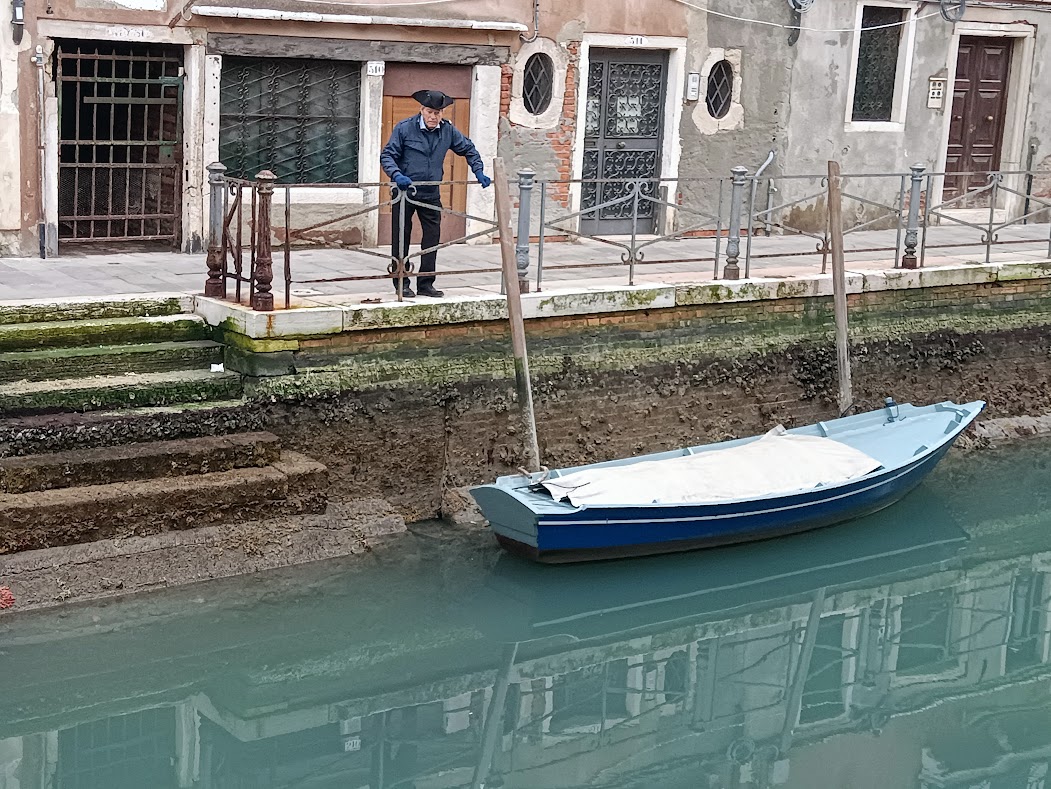
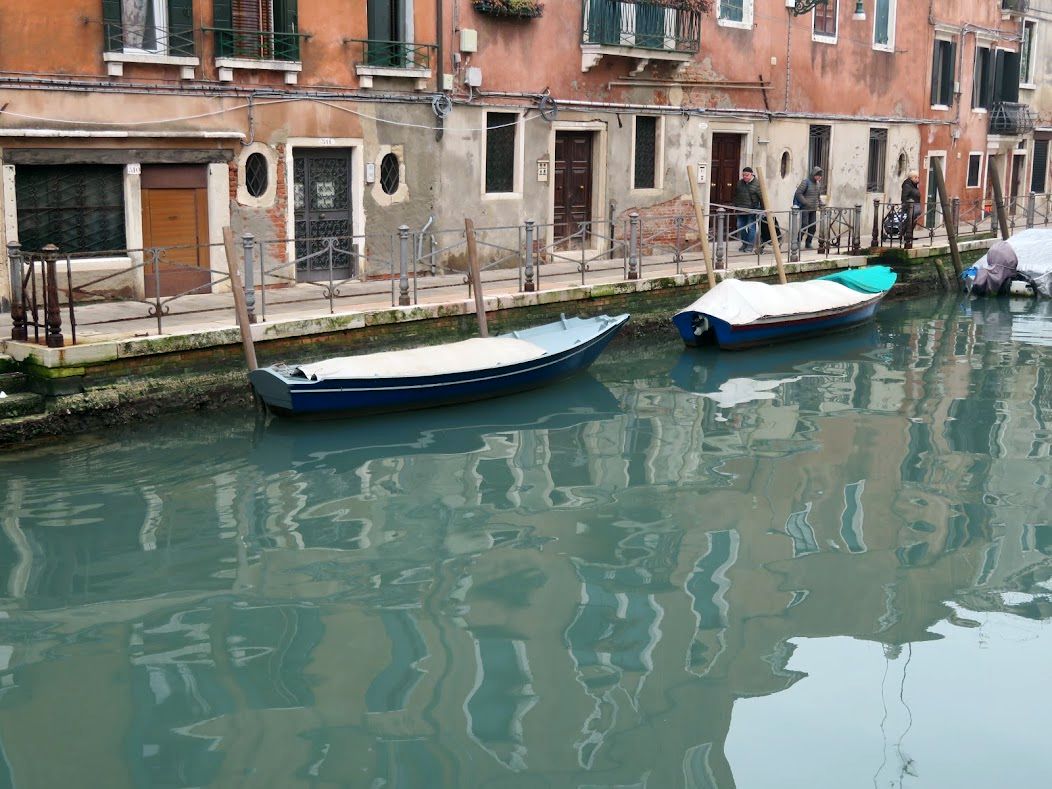
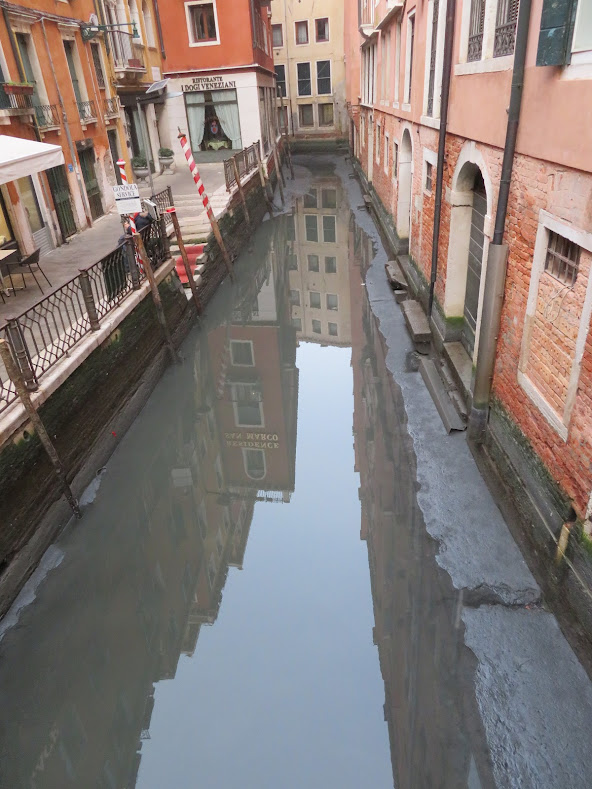
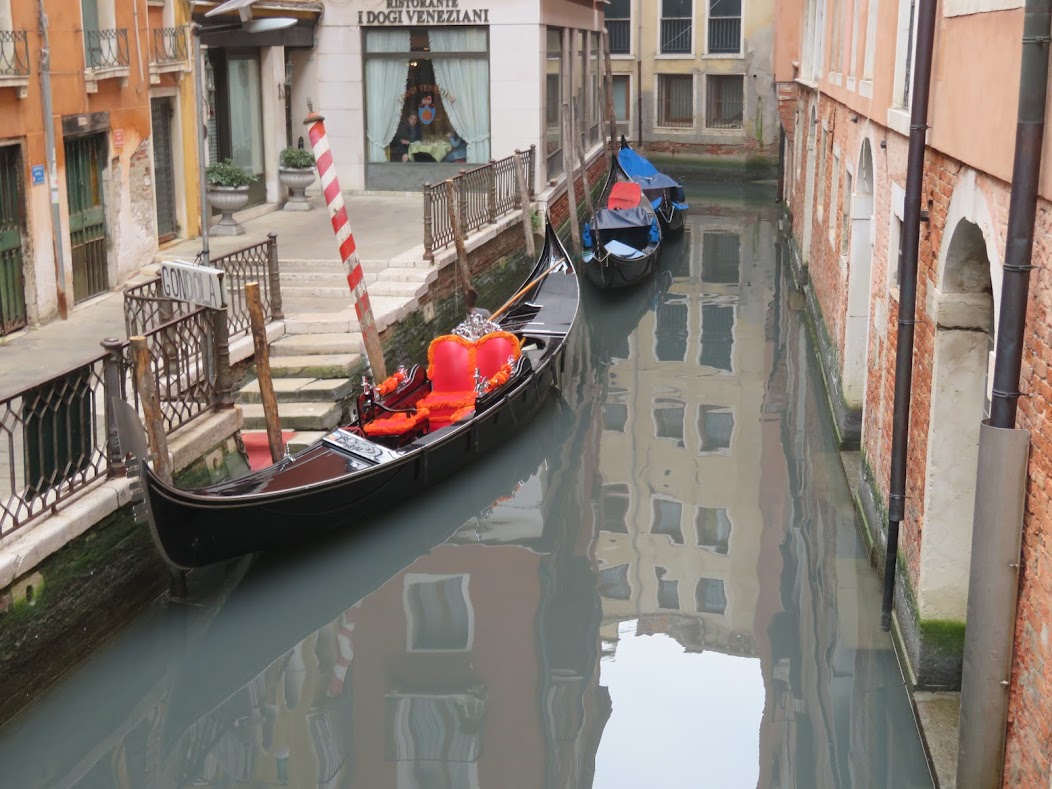
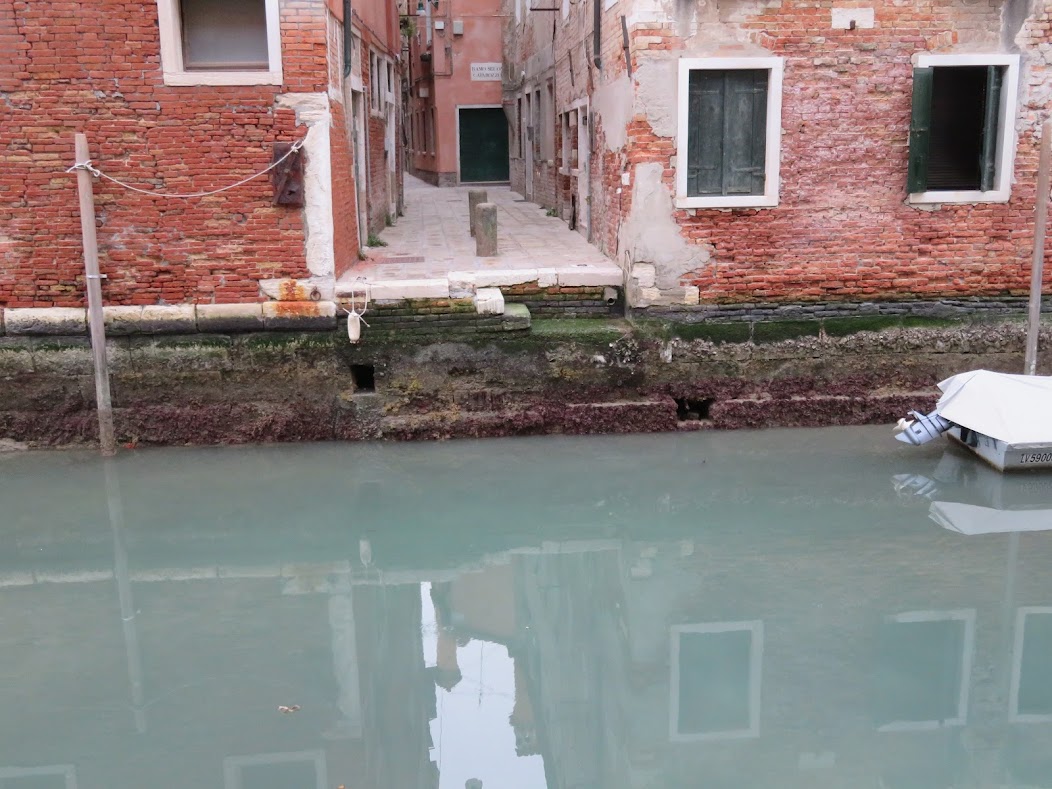
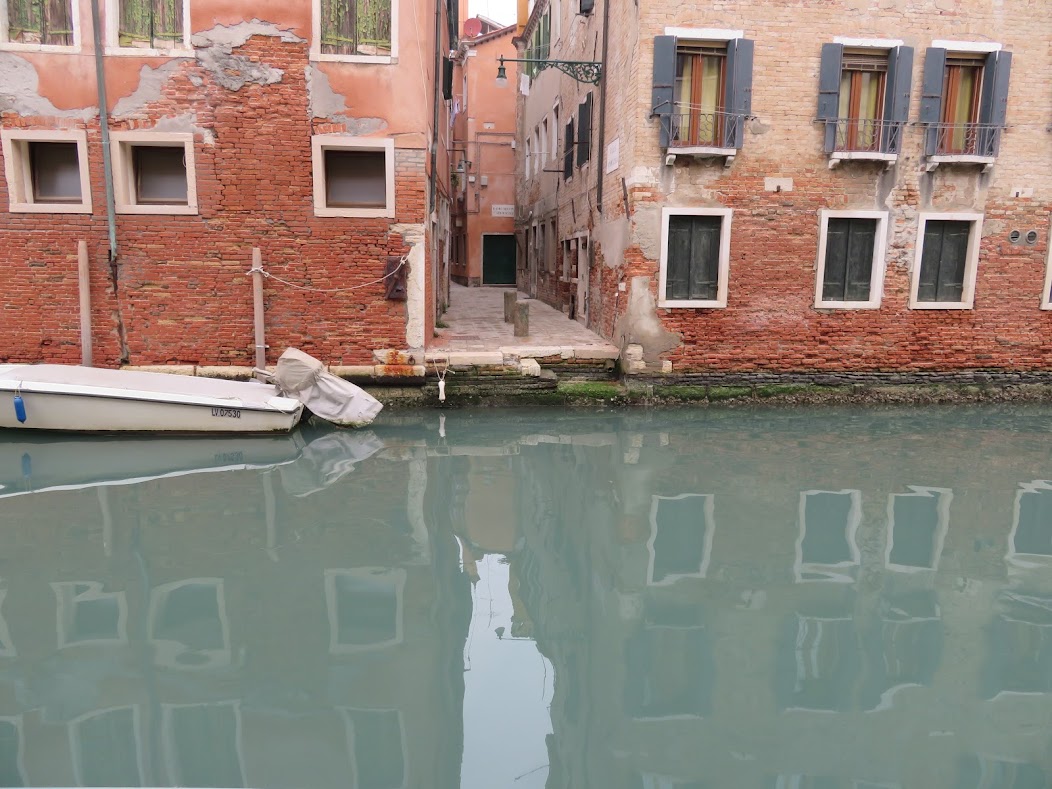
Go through a few days of this low-tide/high-tide cycle and it begins to seem normal. Because it is.
See you next January, when we’ll go through this again. I’ll bring popcorn, we can watch it together.

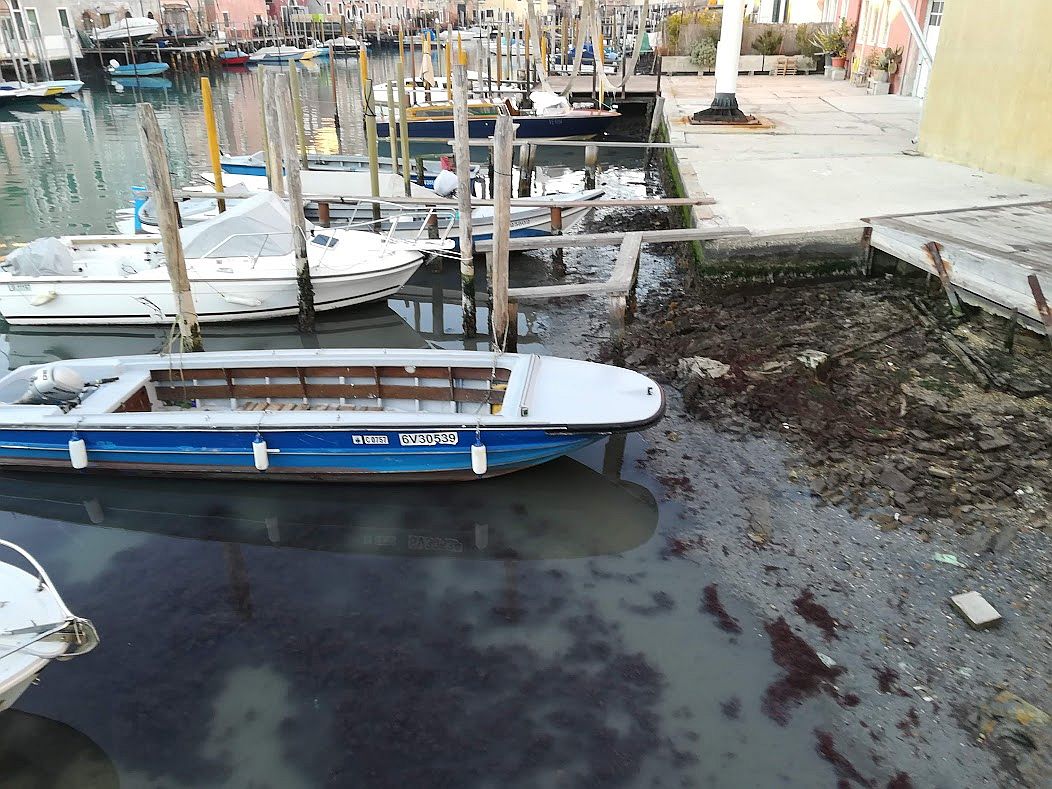
9 Comments
Erlamou, please tell Lino that among the menswear classics that I consider
great losses to masculine style, including knickerbocker trousers and the
monocle, is the tricorn hat. I hope his influence will start a comeback for this
terrific topper.
Your message will be delivered forthwith. Permit me to add to your list my own personal favorite item (“favorite” as in something for men): the detachable shirt collar. The man I’m thinking of lived in New York and often wore a homburg hat, too.
Sherri and I are so glad to see posts from you again! We were starting to worry a bit. We still fondly remember the trip we took in your boat and the delight of seeing Venice. Keep on posting!
Thanks for the on-the-spot reporting. I read an article with a dramatic photo, but the article said it was normal for January and February low tides to be a bit lower than low tides in the rest of the year, and more so when there are full moons or new moons. Nothing beats reading the fine print.
All of which I could have intuited after living for fourteen years in a seacoast city with nine- to twelve-foot daily tides. “The bridge was up” was an acceptable excuse for being late… for strangers; natives should know better. But if one hesitated to let the cat in or the dog out, and got caught by the drawbridge, and arrived in a convincingly breathless and embarrassed state, everyone was pretty indulgent of that excuse.
As always, thanks for your wit and charm and elegant writing, all of which are otherwise in short supply these days!
Mark, isn’t her reporting a breath of fresh air? She surely is a prime example of a wordsmith.
Lovely and funny – you made me laugh out loud. Thank you!
You’re welcome! I consider that I have now fulfilled my mission in life.
A grain of facts could ruin a perfect story, to paraphrase Ecclesiastes. One day Venice is sinking and the next it is drying out. A perfect story with countless variations and about as predictable ad the migration of wildebeest across the Serengeti. The cartoonist Sebastiano Mandruzzato at Avenessia made a funny cartoon about it anyway.
I totally agree with Owen. A tricorn hat should really be must have for any well dressed gentleman and it looks great on Lino.
All the best from Solna.
/Andreas
The rise and fall of the canals seem always to hit the headlines. Perhaps it’s an excuse in the hope that some kind editor will send the reporter on a “fact finding” trip to Vnice??
(We’ve noticed how almost every programme on television seems to demand that the presenter appears in Venice) … no, it’s not envy, honestly.
-And you do write so well and observantly about Venice, thanks.